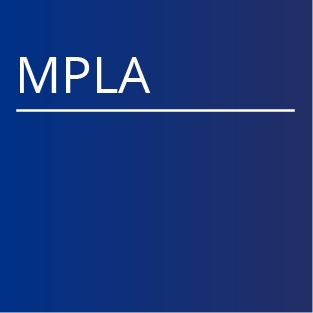Jeff Siebers, Sonja Dieterich, Dimitris Mihailidis, Ioannis Sechopoulos, Kevin Wunderle Approved by AAPM Science Council - July 22, 2023
AAPM publications (including TG Reports, WG Reports, MPPGs, etc.) contain in-depth discussions on science and clinical practice as it relates to medical physics topics. These publications contain recommendations for physicists, institutions, or vendors that were based on the state of the science and/or good clinical practice at the time in which the publication was written.
AAPM reports undergo a periodic review every five years to determine their overall validity based on any newly generated scientific evidence or developments in the methods or technology in question. Because of that review, AAPM may decide to retire a publication, with or without replacement.
Retired AAPM publications may be useful in both historical and scientific contexts. However, a retired AAPM publication means that recommendations contained within it either:
- have been supplanted by recommendations from more recent publications, and/or
- some recommendations no longer represent necessary or best practice based on current scientific evidence, and/or
- the AAPM no longer monitors the developments in the topic or technology in question, and therefore the publication may no longer be assumed to be necessarily up to date with current scientific evidence.
Retirement of an AAPM publication does not necessarily mean that the:
- publication content and recommendations are no longer valid or useful, nor
- recommendations included in the publication were found to be incorrect.



















